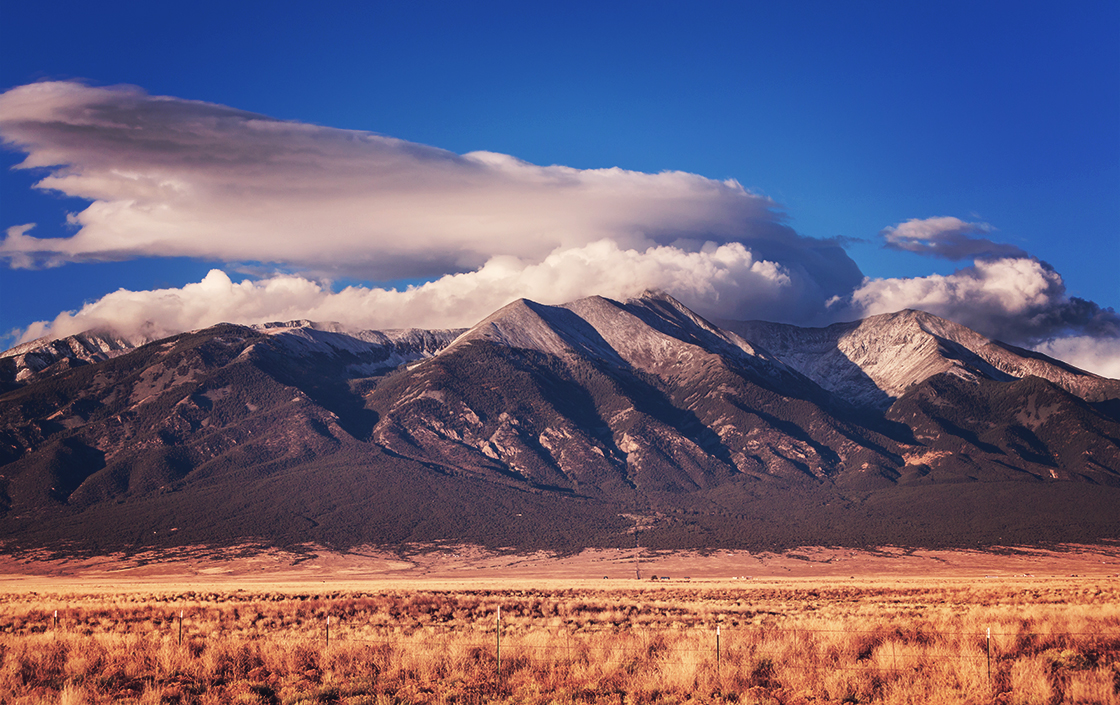
Are you wildfire ready?
Are you wildfire ready?
In 2012, an estimated $449.7 million in insurance claims were filed due to wildfires across Colorado. The Waldo Canyon fire was the most expensive in Colorado history with 346 homes destroyed and $352.6 million from 4300 claims. As fire season is upon the state of Colorado again, it is important for homeowners to be prepared before, during and after a catastrophic event like a wildfire.
Insurance checklist
Annual insurance checkup: Contact your insurance agency once a year to make sure you are keeping up with local building costs. If you have remodeled your home and done some additions, make sure to adjust your coverage to cover those items. You may want to consider replacement coverage which pays the cost of replacing damaged property without deduction for depreciation.
Home inventory: Most of us would not be able to remember every item that we have in our home. It is important to keep an up-to-date home inventory. You may want to list the items by categories like electronics or room-by-room. Pictures and videos of items in your home are recommended to have on-hand. For more expensive items, make sure to take down the make and model, the store where the item was purchased and approximate purchase date. Having a thorough home inventory list will speed up the insurance claim process. You can download home inventory software at www.rmiia.org (Rocky Mountain Insurance Information Association site). Make sure to update your inventory whenever you make major purchases.
Be in the know: Make sure to find out what is and is not covered in your homeowners insurance policy. A typical policy will cover damage resulting from fire, windstorm, hail, water damage (excluding flooding), riots and explosion. It also will cover the extra cost of living in a temporary residence while your home is being repaired or rebuilt.
Create a defensible space
Defensible space is the area around a home or other structure where fuels and vegetation are treated, cleared or reduced to slow the spread of wildfire. Following some preventive steps can help protect your home and neighboring homes.
- Clean your roof and gutters twice a year: Remove any debris such as pine needles, leaves, and other debris that could serve as fire igniters.
- Firewood and propane tank locations: Place your firewood and propane tanks at least 30 feet uphill from your home. Do not stack firewood under the deck. Make sure to clear away any flammable vegetation within 10 feet of those woodpiles and propane tank locations.
- Unhealthy vegetation: Remove any shrubs or trees that are damaged, diseased or dead, so they do not fuel fires.
- Tree Branches Upkeep: Trim any branches extending over the roof of the house and remove any branches within 10 feet of chimneys.
- Proper Roofing: Make sure your roof meets a fire classification of “Class B” or better. Cover the chimney outlet and stovepipe with nonflammable screening no larger than half-inch mesh.
- Window Installations: Go with dual- or triple-pained windows and try to limit the number of windows that face large areas of vegetation.
Visit the National Fire Protection Association’s (NFPA) FireWise Communities website for more information and resources.
Evacuation Preparation
It is important to have an evacuation plan in place. If time permits before a fire is close to your home, take the following actions: (Tips provided by Are you FireWise? Notebook)
- Park your car in the garage, facing out with windows closed and keys in the ignition.
- Disconnect the automatic garage door opener in case of power failure.
- Pack irreplaceable valuable items such as photos and important documents and place them in your car.
- Move any combustible yard furniture away from the house and store it in the garage if you can.
- Cover windows, attic openings, and vents with a thick plywood or other fire-resistive material to eliminate the possibility of sparks blowing into hidden areas within the house.
- Attach garden hoses to spigots and place them so they can reach any area of your house.
- Fill trash cans and buckets with water and place them where firefighters can find them.
- Place a ladder against the house on the side opposite the approaching fire to help firefighters get on your roof.
- Close all windows and doors inside your house.
- Turn a light on in each room of the house so the house will be more visible in thick smoke.
- Shut off natural gas valves.
- Move furniture away from windows and sliding glass doors.
- Remove any curtains and drapes around the home. If you have metal blinds or special fire-resistant window coverings, close them to block heat radiation.
Other Valuable Resources:
Colorado State Forest Service
Colorado Department of Insurance
Surviving Wildfire
Colorado Emergency Preparedness Partnership